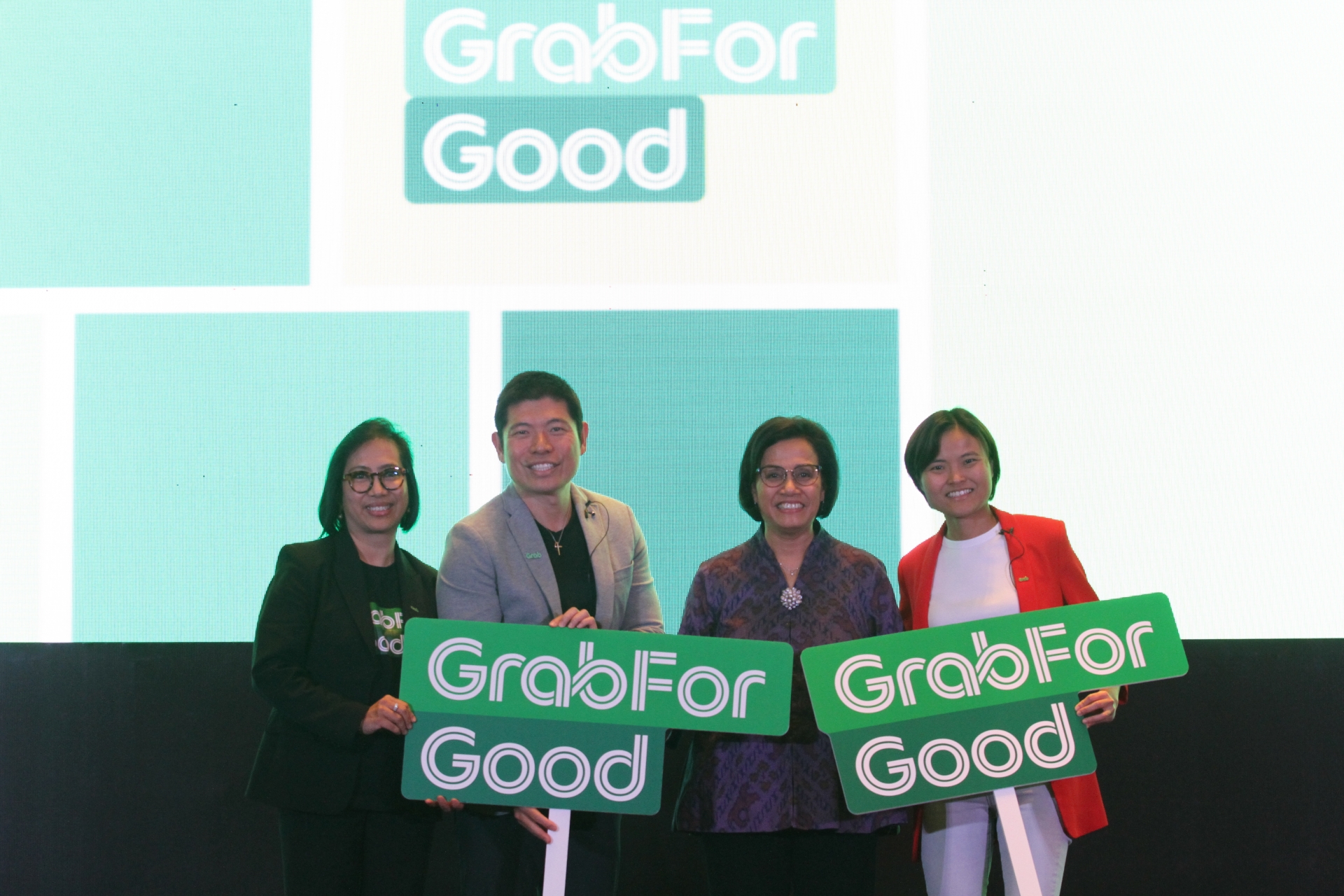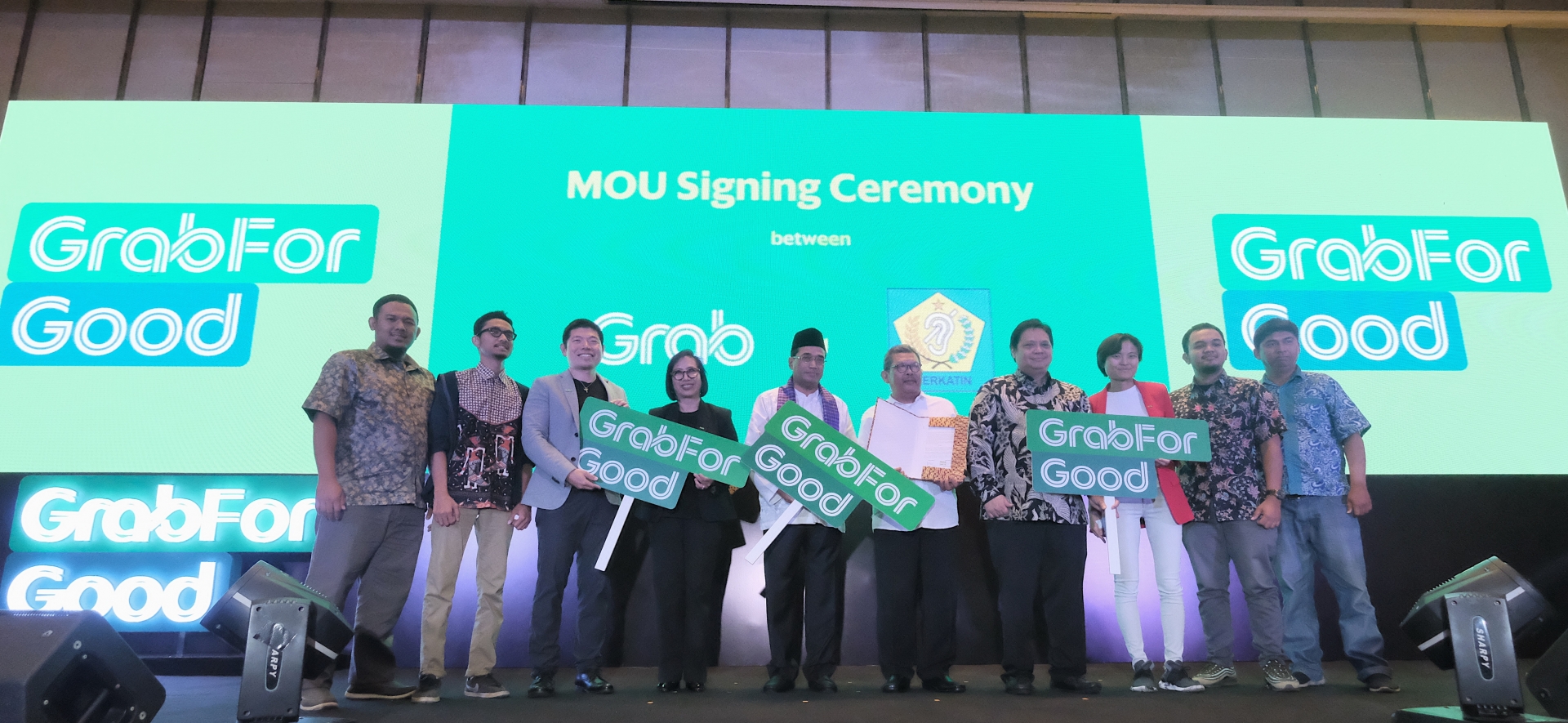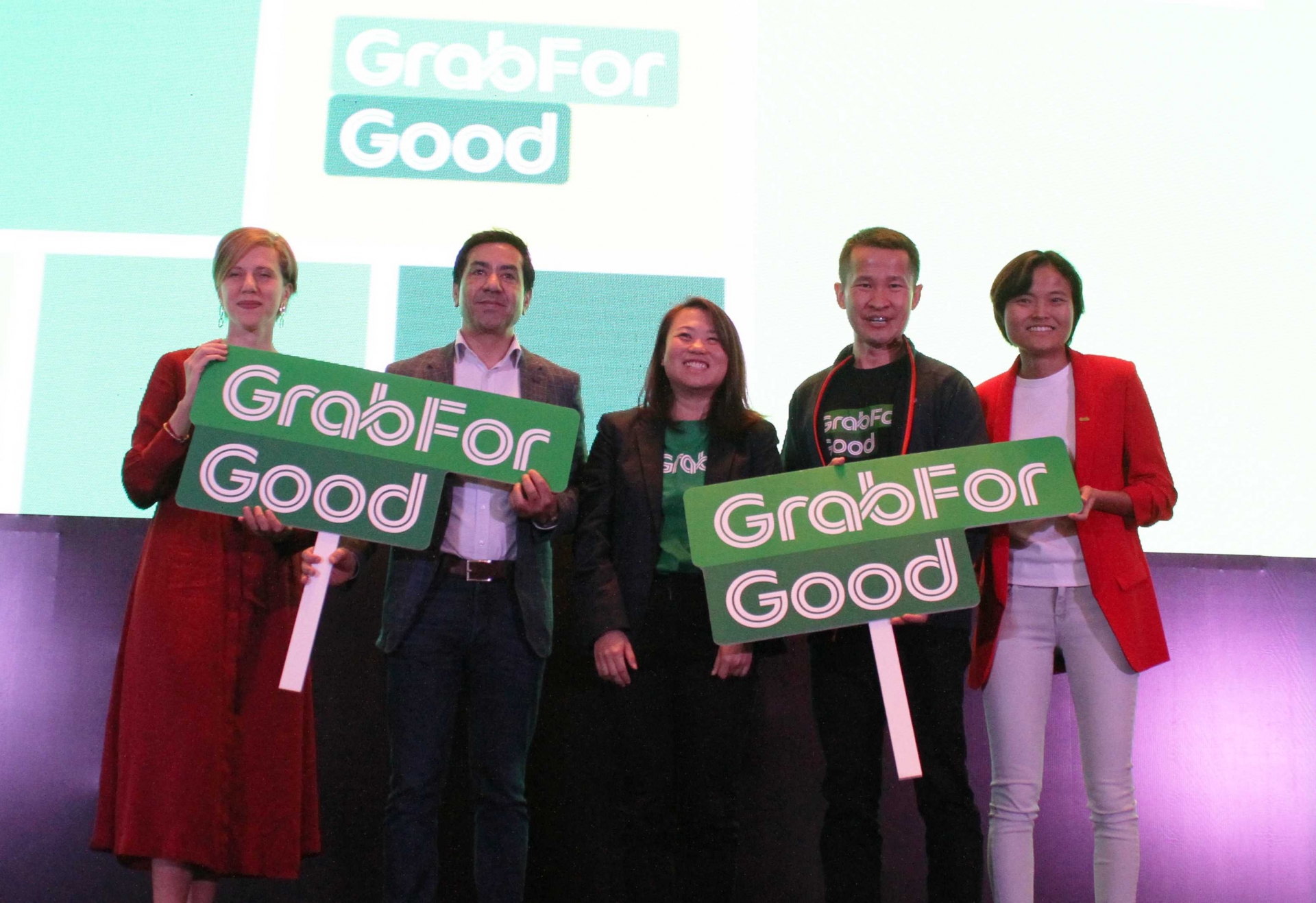Grab sets 2025 goals to use tech for good in Southeast Asia
 |
| Grab has set lofty goals for its “Grab for Good” programme to be reached by 2025 |
By leveraging its technology, platform, and partnerships, Grab has set ambitious goals for its “Grab for Good” programme by 2025. First is to improve digital inclusion and digital literacy in Southeast Asia: To ensure that everyone, regardless of background or ability, is able to benefit from the rise of the digital economy, Grab aims to bring digital literacy and greater inclusion to 3 million Southeast Asians by 2025 through partnerships with governments, private companies, and non-profit organisations.
The second goal is empowering micro-entrepreneurs and small businesses. Micro-entrepreneurs are at the core of Grab’s business model while small businesses are the lifeblood of Southeast Asia’s economies. To enable them to tap into the cost-savings and increased productivity brought on by technology, Grab aims to help over 5 million more traditional businesses, and small merchants digitise their workflows and processes.
Thirdly, Grab will contribute to building future-ready workforces. 16 per cent of ASEAN youth wants to work in the technology sector in the future. Grab aims to train 20,000 students through its tech talent initiatives in partnership with educational institutions, non-profits, and leading technology companies.
To achieve these goals, Grab announced two flagship initiatives under its “Grab for Good” programme: a skills training and digital literacy partnership with Microsoft, and the regional “Break the Silence” initiative that enables the deaf and hearing-impaired to better participate in the digital economy through the Grab ecosystem.
These two initiatives are the start of a multi-year plan to equip individuals and small businesses with the necessary technology skills and tools to thrive in the new digital economy.
“Southeast Asia is poised to become the world’s fourth-largest economy by 2030, yet the hard truth is that not everyone has equal access to opportunity – and equal chance to succeed with the region’s growth. If the private sector actively creates programmes for local communities, technology can be within reach for many, and the learning of new skills can immediately improve the livelihoods for many more people in Southeast Asia,” said Anthony Tan, Group CEO and co-founder of Grab.
He added that, “‘Grab for Good’ is about building an inclusive platform, and is our commitment to deliver positive, sustainable impact in every country that Grab operates in.”
 |
| Grab estimates a $5.8 billion contribution to Southeast Asia’s economy in the twelve months leading up to March 2019 |
The “Grab for Good” social impact programme builds on Grab’s focus on improving the livelihoods of all Southeast Asians over the past seven years of its existence. In its inaugural social impact report, released today, Grab is estimated to have contributed $5.8 billion to Southeast Asia’s economy in the 12 months to March 2019. This social economic calculation was independently verified by KPMG based on agreed upon procedures.
Over 9 million micro-entrepreneurs, or approximately 1 in 70 people in Southeast Asia, have earned an income through the Grab platform, whether as a driver-partner, delivery-partner, merchant, or agent-partner. 21 per cent of Grab driver-partners did not work prior to joining Grab, while 31 per cent of agent-partners had no income prior to joining Grab-Kudo.
Beyond creating economic opportunities, the report also outlines how Grab has helped improved access to financial services and digital payments. Since Grab’s founding in 2012, Grab has helped over 1.7 million micro-entrepreneurs open their first bank accounts. Grab is also helping to move the region into a cashless future. Cashless usage is up to 9x higher on Grab, compared to overall country cashless usage.
 |
| The Tech for Good partnership with Microsoft will help bridge the tech skills gap in Southeast Asia, with dedicated programmes for Grab’s driver-partners and their families |
As part of "Grab for Good", Grab also announced a regional partnership with Microsoft that will empower workers with the necessary technological skills for them to thrive in the new digital economy. 6.6 million workers across the six major ASEAN economies will require reskilling by 2028. About 41 per cent of them lack relevant IT skills that new jobs will demand.
Grab and Microsoft aim to plug the digital skills gap by committing their combined resources, expertise, and capabilities, and are partnering to fulfill a shared vision to make the economic opportunities in technology and the digital economy accessible to all across Southeast Asia.
“One of the challenges we see in the Asia-Pacific is the democratisation of education. We believe education, specifically tech and digital literacy, should be accessible to everyone. This encourages ingenuity, computational thinking, and problem-solving skills, all of which are key to the future. We're excited to launch a pathway to develop a digitally inclusive workforce across the Asia-Pacific with Grab, which will improve the trajectory of generations to come. Our mission to empower every person and every organisation on the planet to achieve more is something we care deeply about. Together with Grab, we are building a skilled workforce that will transform families, communities, and countries to create the world of tomorrow,” said Andrea Della Mattea, president of Microsoft in the Asia-Pacific.
“As Southeast Asia grows, we hope everyone can rise with it and benefit from the growing digital economy. I’m especially excited that Grab driver-partners and their families will be able to learn new skills from Microsoft courses and work towards certifications,” said Hooi Ling Tan, co-founder of Grab.
Starting today, Grab will also expand the "Break the Silence" initiative to Indonesia and Singapore and further enhance the programme in Malaysia and Thailand where it is already running. Grab has over 500 deaf driver-partners on the platform and plans to double this number over the course of the coming year.
Process improvements and new features will be added to the Grab app to make it easier for Grab driver-partners to communicate with their passengers and get customer support via a dedicated live chat feature. In Malaysia, Grab will also be creating The Sign Dictionary to teach people how to communicate with the deaf community through a Grab app widget, as well as conduct monthly training to equip driver-partners to better assist passengers with disabilities.
What the stars mean:
★ Poor ★ ★ Promising ★★★ Good ★★★★ Very good ★★★★★ Exceptional
Related Contents
Latest News
More News
- First members of Danang International Finance Centre revealed (December 22, 2025 | 17:39)
- Human-centred governance seen as key to AI development (December 19, 2025 | 18:19)
- Top 10 notable events of Vietnam’s industry and trade sector in 2025 (December 19, 2025 | 14:00)
- Tungsten surges to 12-year high as world enters a new 'black gold' race (December 18, 2025 | 17:27)
- Vietnam’s coffee exports set new record despite price pressures (December 18, 2025 | 17:13)
- Garment and textile sector seeks new growth after volatile year (December 18, 2025 | 17:01)
- VinSpeed and Siemens strengthen cooperation for high-speed rail development (December 18, 2025 | 16:53)
- High-tech adoption for TH true MILK (December 18, 2025 | 13:39)
- Takeda supports health resilience amid climate change challenges (December 18, 2025 | 12:39)
- Mondelez Kinh Do - a chapter of purpose-led leadership in Vietnam (December 18, 2025 | 09:44)

 Tag:
Tag:






















 Mobile Version
Mobile Version